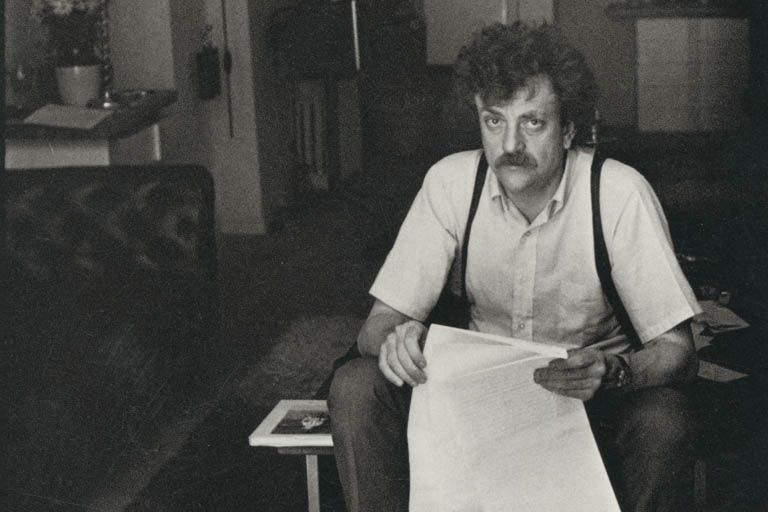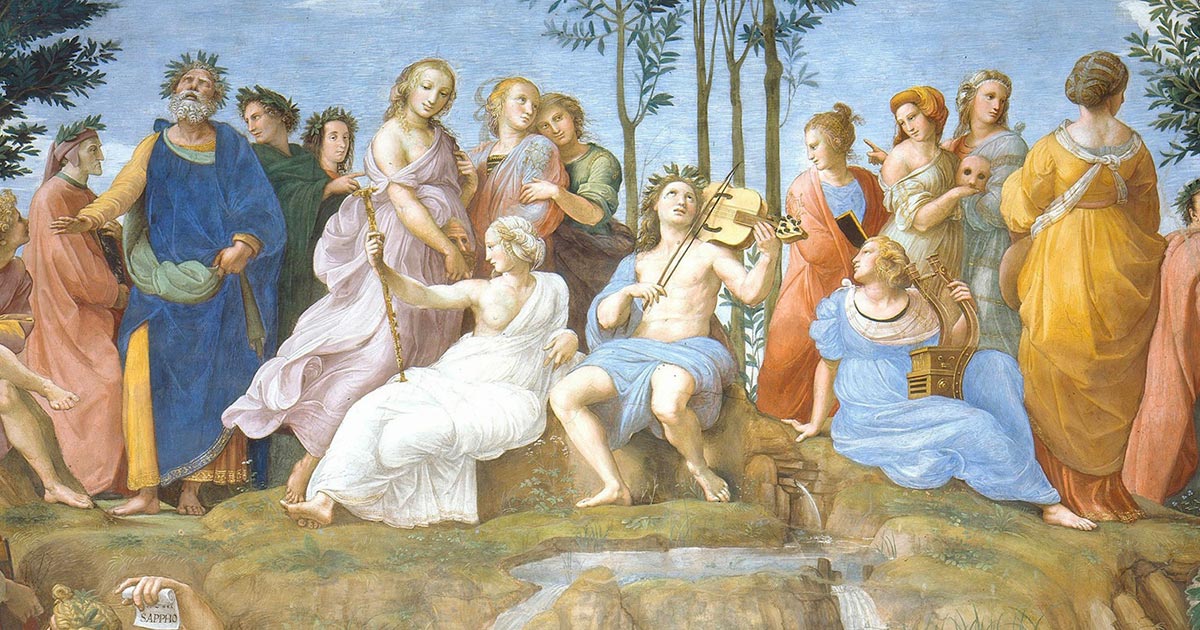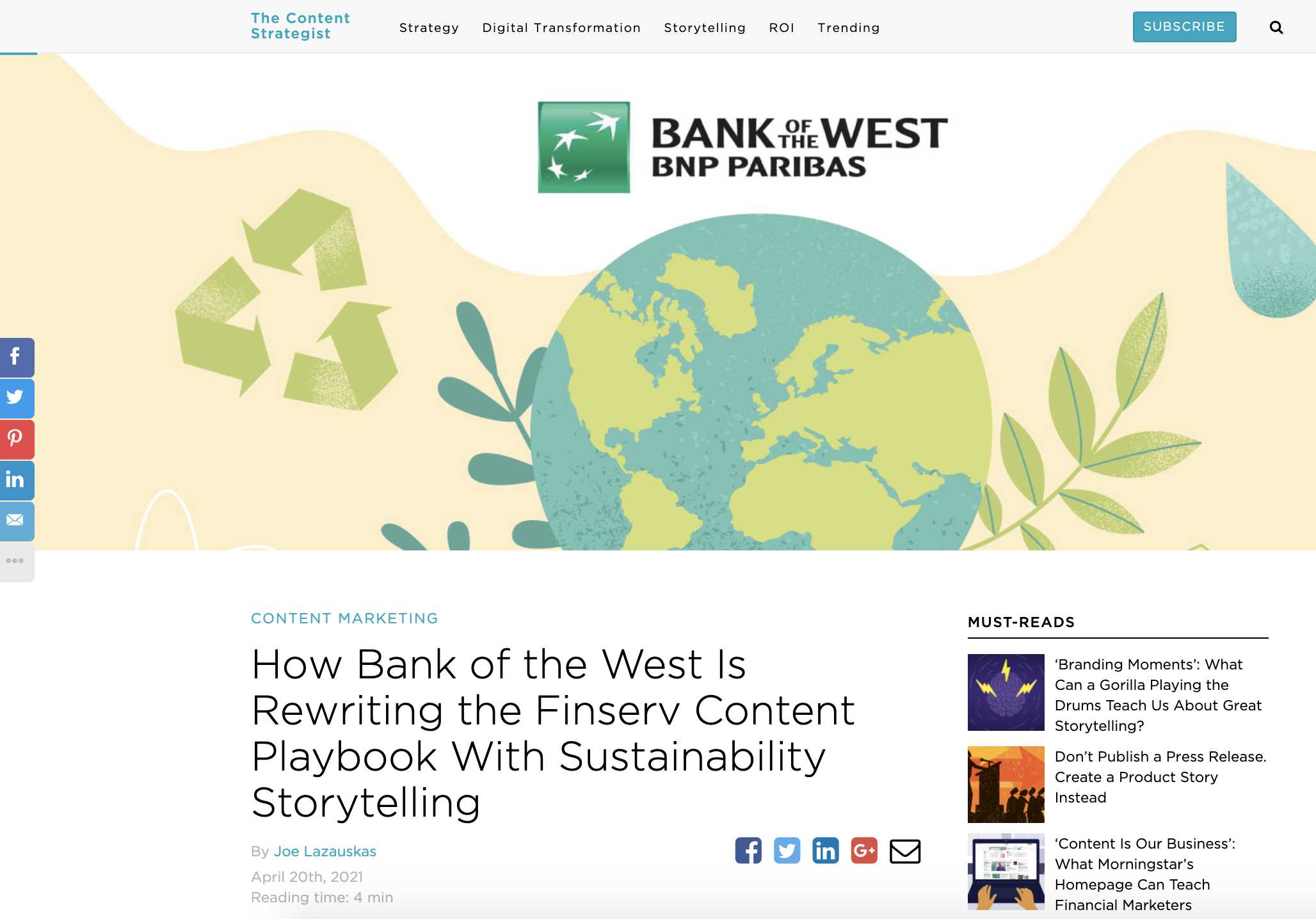Storytelling
How to Go Beyond the Persona and Find Your Muse
If you work in marketing long enough, you’re bound to encounter a buyer persona.
Buyer personas are like scouting reports on a representative of your target audience. They typically sound something like this: “SALLY is a 30-year-old mom who drives a Subaru, lives in Chicago, makes $70K a year, and wants help overcoming the challenges of balancing her work and family responsibilities.”
Besides supplying the info we need to target Sally with Instagram ads for crap she’ll regret buying, personas are designed to help the creative process. The idea is to teach us about the ideal customer.
This is based on a long-established idea about creativity: It’s best to have a person in mind when you’re creating. As Kurt Vonnegut once said: “Please write for one person. Open the window and make love to the world, so to speak, and your story will get pneumonia.”
Is that a weird freaking quote? Yes. Yes, it really is. But it’s also true. When you write for everyone, you write for no one. Writing for one person can be absolutely inspiring.

But here’s the thing that’s troubled me ever since I saw my first brand persona document at the tender age of 22: Most of them are kind of useless—at least from a creative perspective.
The problem with personas
Most brand personas fall short because they don’t help you develop empathy for the audience. Sure, you get their age, 3-5 bullet points on their challenges and aspirations, a random stock photo, and a weird codename like “The Milleniator.” Maybe a buzzword-programmed robot would develop empathy from that, but humans do not.
Empathy is crucial. The reason that “writing for one person” works is because it’s an act of empathy. You’re thinking of someone who epitomizes your audience and asking: What can I create that will help them? Teach them something new? Entertain them? Or even both? How can I help them see the world in a new way and experience wonder?
Empathy is strongly linked with oxytocin production, which in turn boosts dopamine in the brain. And, oh boy, does the brain feel creative on dopamine—the feel good neurotransmitter that we spend our lives chasing along with its sidekick, serotonin. Boosting dopamine is the greatest creativity hack we’ve discovered so far.

Pictured: Happiness
That’s why if we really want to tell great stories, we don’t need sterile personas. What we need is a muse.
Your audience is your muse
I didn’t know what a muse was until a few months ago, when I hit a creative wall and finally read Steven Pressfield’s War of Art, which has been recommended to me as a creative bible by every person I know who fetishizes their own creativity.
That’s why if we really want to tell great stories, we don’t need sterile personas. What we need is a muse.
Pressfield explains that the muses come from Greek mythology. They were the nine daughters of Zeus and Mnemosyne, and the term “muse” translates to “memory”. Their entire job was to inspire artists (each muse was responsible for a different type of art). Even 2,800 years ago, the ancient Greeks understood that creating for someone specific inspires creativity.

A muse turns writing from a solitary activity into a social one. They’re with us all the time. When our brain internalizes the muse, it starts to do a ton of creative work in the background. When we’re in the shower. When we’re on long walks. When we’re lying down to sleep at night. Our brain makes connections and comes up with stories the muse will love.
How to find your muse
You can’t find your muse in a Powerpoint deck.
You find your muse in stories—by talking and listening to your audience as much as possible and hearing their story.
If you’re like me, this was difficult during the delirious 15-month fever dream we just shared. By the time spring 2021 rolled around, my sense of my audience, my muse, had faded badly.
You find your muse in stories—by talking and listening to your audience as much as possible and hearing their story.
Before COVID, inspiration was easy. I regularly attended meetups, speaking gigs, happy hours, conferences, meetings, book signings, customer events, and workshops that brought me together with the marketers and creatives I write for. (Often with a drink that had a lime in it, which always brings good storytelling vibes.) Those interactions kept the muse vibrant in my mind.
Pictured: The Before Times
But during COVID, I was deprived of the majesty of drinking a vodka soda in an expo hall. So recently, I returned to the thing that had always helped me get to know my audience: I put on my reporter hat and interviewed a ton of marketers running inspiring content programs—from Christina Westbrook at Dell Perspectives to Kristin Fallon at GE Healthcare to Leslie Nuccio at Bank of the West. I listened to their stories, challenges, and aspirations. And the muse began to come back.

Interviews are one of the best ways to get to know your audience. If it’s not something you’re in the habit of doing, it should be.
Now that the pandemic is waning, I’m also eager to spend time in person with my audience again. (It’s honestly embarrassing how excited I am to speak in person at Content Marketing World again in the fall.) As much as I complain about conference happy hours, they are the moments when storytelling serendipity happens. If you live in a place where you have access to these events—and you feel safe from a vaccination perspective—I’d encourage you to go out and experience those one-on-one interactions too.
Interviews are one of the best ways to get to know your audience. If it’s not something you’re in the habit of doing, it should be.
And if not? Join a virtual group with your target audience. Throw a virtual event with discussions and breakouts. (Both things I’ve done this spring, which gave me about 20 different story ideas.) Listen to their stories, until you can hold their dreams and fears so closely that they feel like your own.
Do this enough, and the work will come easier. Your mind will start to make connections and come up with ideas that truly help your audience. You’ll create for that one specific person but end up reaching thousands. You’ll start to notice a spark of inspiration that wasn’t there before.
And before you know it, you’ll find your muse.
Get better at your job right now.
Read our monthly newsletter to master content marketing. It’s made for marketers, creators, and everyone in between.




